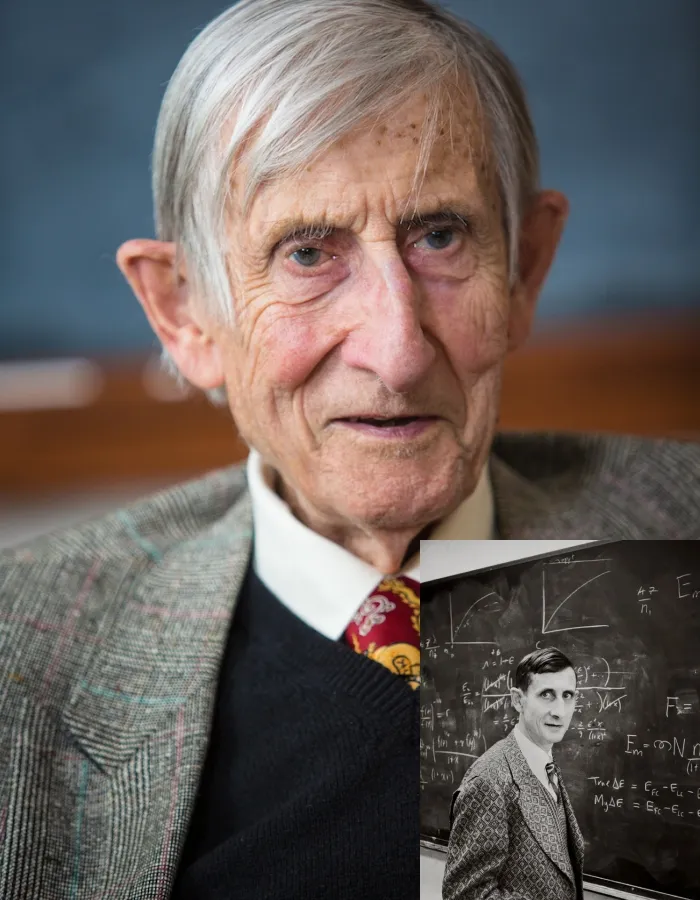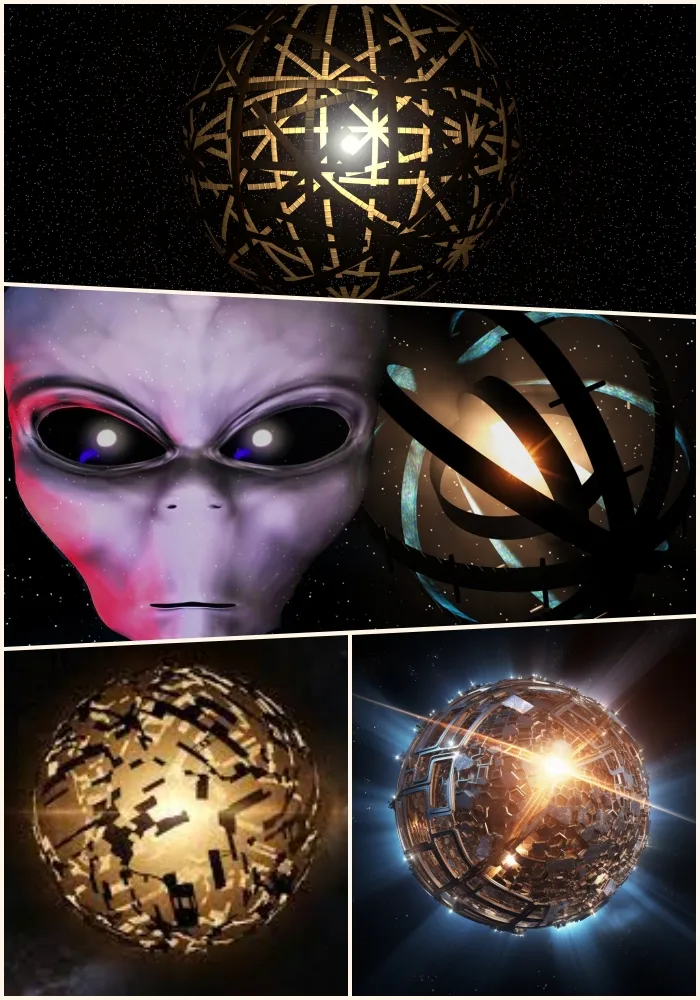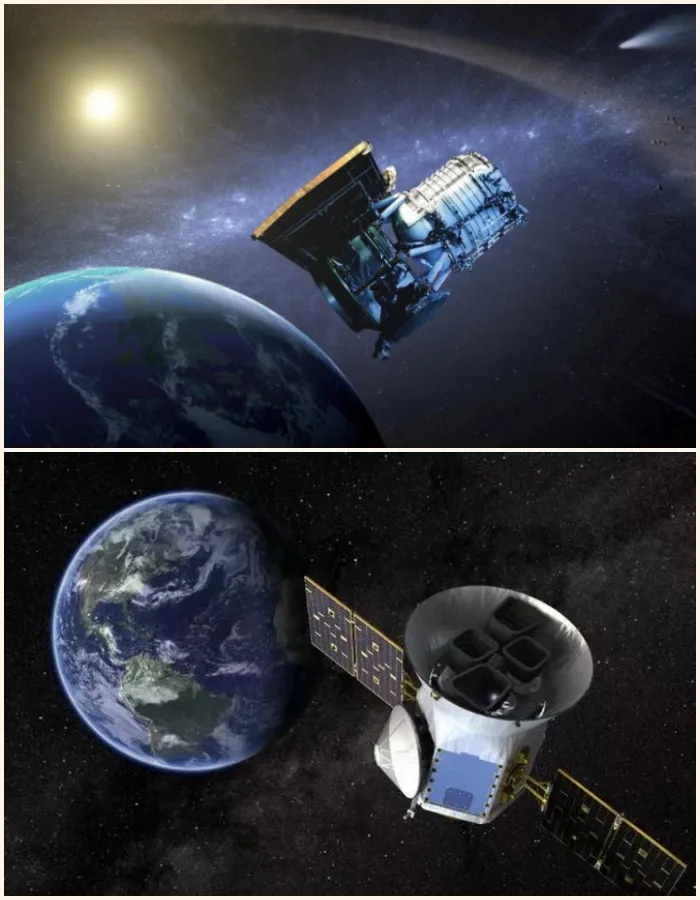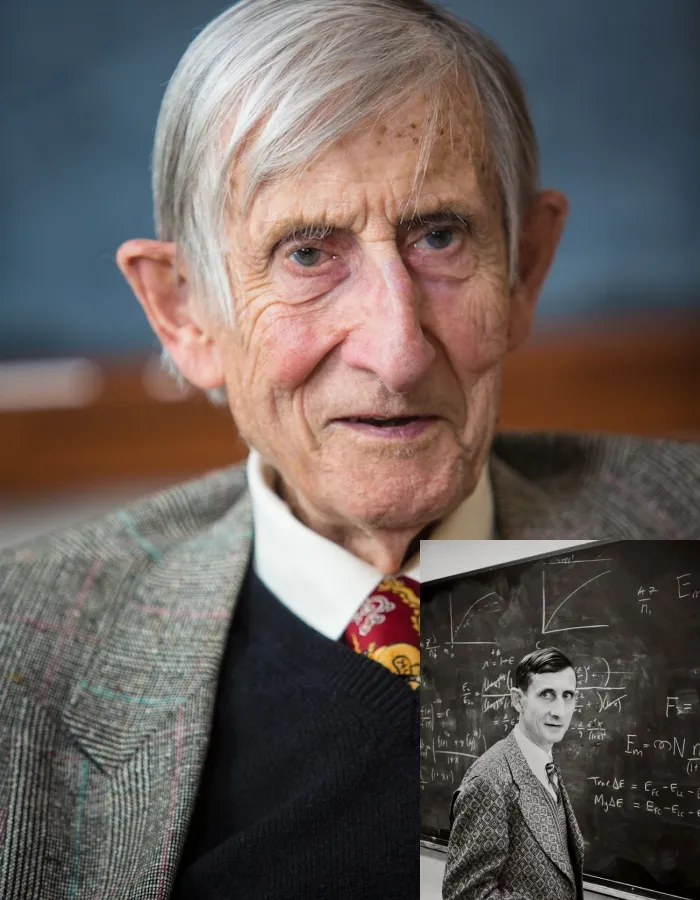
The concept of Dyson spheres, originally theorized by physicist Freeman Dyson, has long intrigued scientists searching for signs of extraterrestrial life. Dyson’s idea was a theoretical solution to the energy needs of an advanced civilization: a massive structure, either a shell of mirrors or solar panels, encircling a star to capture all its energy.

In a 1960 paper, Dyson proposed that any advanced civilization might eventually construct such a structure. This concept, inspired by Olaf Stapledon’s 1937 science fiction novel *Star Maker*, was later named Dyson spheres. Although Dyson later clarified that these structures would likely be a “loose collection or swarm” of objects orbiting the star rather than a solid shell, his idea has become a cornerstone in the search for extraterrestrial technology.
Infrared Detection of Dyson Spheres
Dyson suggested that these hypothetical spheres would emit detectable infrared radiation as waste heat. This idea has driven some modern searches for alien civilizations, with researchers looking for unusual infrared signatures that could indicate the presence of Dyson spheres. Although Dyson acknowledged that infrared radiation alone wouldn’t confirm extraterrestrial intelligence, he saw it as a promising avenue for discovery and potential detection of new astronomical phenomena.
New Study and Findings
A recent study published on May 6 in *Monthly Notices of the Royal Astronomical Society* analyzed data from 5 million stars within 1,000 light-years of Earth, seeking evidence of Dyson spheres. Led by Matías Suazo, a doctoral student at Uppsala University in Sweden, the study identified seven stars exhibiting unexplained infrared emissions. These stars, all red dwarfs, are candidates for further investigation but lack conclusive evidence of Dyson spheres.
Challenges and Explanations
The infrared glow observed around these stars could result from various natural phenomena, such as the alignment of distant galaxies, planetary collisions creating debris, or young stars surrounded by hot debris disks. The data were gathered from the Wide-field Infrared Survey Explorer (WISE), the Gaia mission, and The Two Micron All Sky Survey (2MASS).
The red dwarfs, being dimmer and smaller than our sun, pose additional challenges for observation and analysis. The study’s lead author, Matías Suazo, noted that while these stars exhibit unusual infrared signatures, it remains unclear whether they are indeed Dyson spheres or if other explanations might account for the observed phenomena.

Future Research Directions
Gabriella Contardo, who led an earlier study with similar data, noted the importance of ruling out other explanations before confirming the presence of Dyson spheres. She plans to compare her findings with Suazo’s results and considers using NASA’s James Webb Space Telescope for more detailed observations. The Webb telescope’s advanced capabilities could provide more definitive insights, though accessing it requires navigating competitive procedures.
Theoretical and Practical Implications
If Dyson spheres were to exist, they could revolutionize our understanding of energy utilization and advanced technology. Freeman Dyson envisioned such structures enabling unprecedented feats, including interstellar travel or even relocating entire solar systems. However, the technological and material demands to build such structures are far beyond current human capabilities.
Jason Wright, a co-author of the recent study, emphasized that the rarity of potential Dyson spheres in our galaxy, if they exist at all, challenges earlier assumptions that they might be a common outcome of technological evolution. The study’s findings suggest that while Dyson spheres could be rare, the candidate stars warrant further investigation to understand their true nature.

Legacy of Freeman Dyson
Freeman Dyson, who passed away in 2020, made significant contributions across various fields, including quantum theory, astronomy, and extraterrestrial research. His innovative ideas, including the Dyson sphere, continue to inspire scientific exploration. Dyson’s son, George Dyson, reflected on his father’s broad intellectual pursuits and his belief in exploring new scientific frontiers.
The search for Dyson spheres remains a compelling endeavor that intersects with fundamental questions about extraterrestrial life and advanced civilizations. As researchers continue to explore these possibilities, the quest for understanding and discovering new astronomical phenomena continues to captivate the scientific community.



